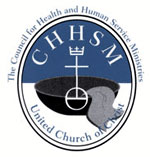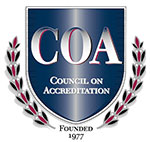PROGRAMS
GET INVOLVED
SUPPORT OUR MISSION

Can you identify which scenario involves sex trafficking?
Answer:
The answer is ALL three scenarios are examples of sex trafficking. Sex trafficking is defined as the “recruitment, harboring, transportation, providing, or obtaining of a person for a commercial sex act, in which a commercial sex act is induced by force, fraud, or coercion. Or, in which the person induced to perform such an act has not attained 18 years of age.”1
The term sex trafficking is a relatively new legal term in comparison with other distinct crimes. As more individuals become aware of this epidemic, both domestically and internationally, advocates for children continue to push for legislation to protect minors. The Illinois Safe Children Act of 20102 moved to not prosecute individuals under the age of 18 who performed a sexual act in exchange for anything of monetary value. The change in the criminal code addressed that a minor cannot consent to the commercial sexual exploitation of their bodies, and therefore be convicted of prostitution. Minors who are coerced or lured into commercial exploitation are immune from prosecution and are victims. However, a minor can be detained by law enforcement for their safety.
Ending human trafficking starts with educating ourselves on the topic and helping to raise awareness. We encourage individuals, organizations, and church groups to partner with Hoyleton’s Prevention Department on how you can make an impact in your community. Individuals can support the Prevention Department’s Healing And Loving Oneself (HALO) program in providing care to our clients with a monetary donation, or gift cards (in small denominations for food, cell service, etc.). Together, we can protect our children’s childhood and their futures. One Voice. One Mission. End Human Trafficking.
To contact our Prevention Department, call 618.688.4739. If you are contributing to this program, please note on your gift as the HALO program.
1United States Department of Justice. (October 28, 2000). The Trafficking Victims Protection Act of 2000. (22 U.S.C. (7102 (9)). Retrieved from: https://www.justice.gov/humantrafficking. 2Illinois General Assembly. (August 20, 2010). Illinois Safe Children Act of 2010. (Bill Status of HB6462). Retrieved from:http://www.ilga.gov/legislation/BillStatus.asp?DocNum=6462&GAID=10&DocTypeID=HB&LegId=52490&SessionID=76&GA=96
To learn more about human trafficking, watch for our next blog next week.


